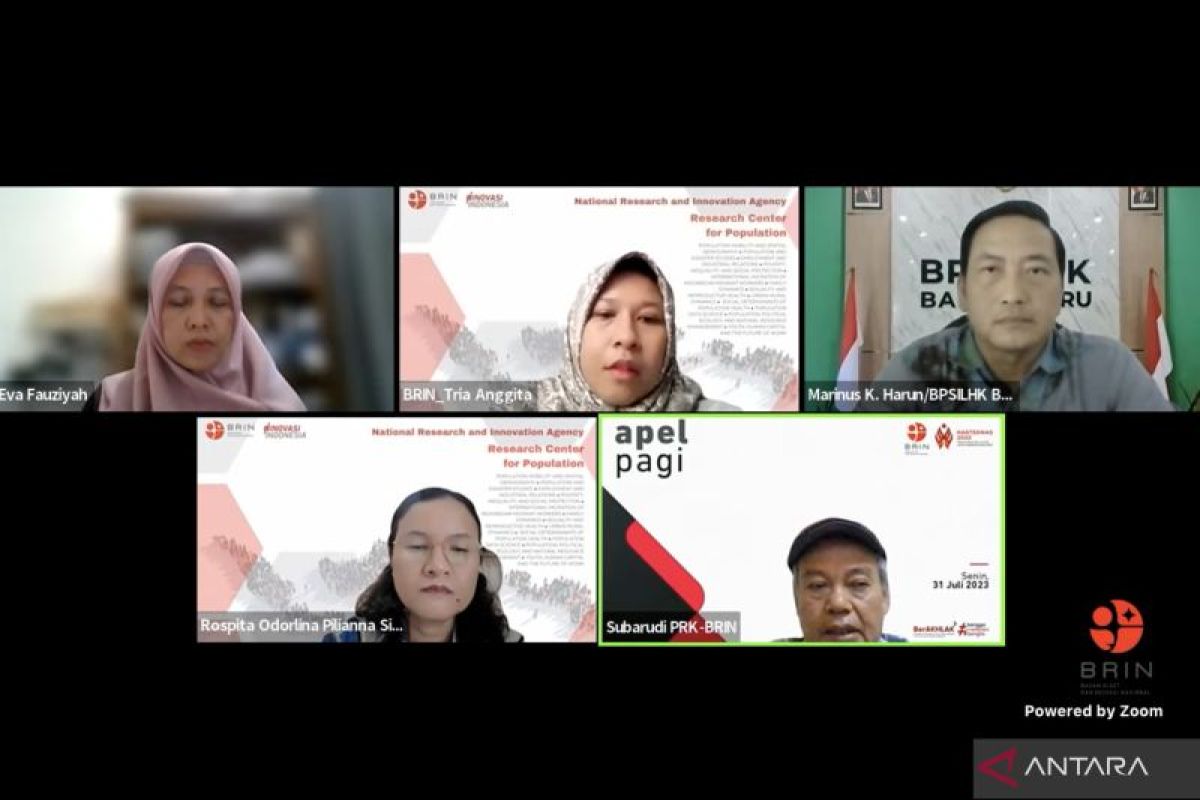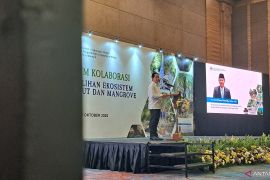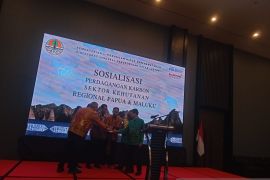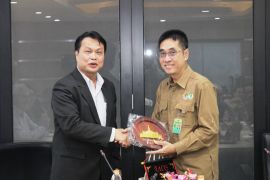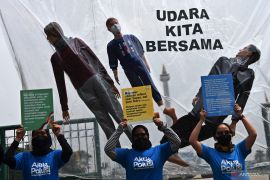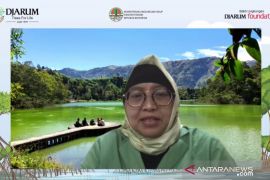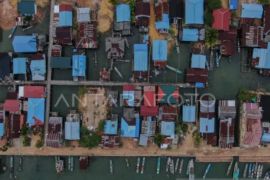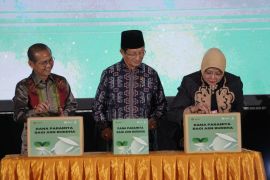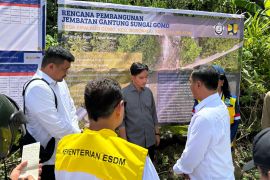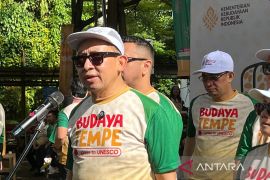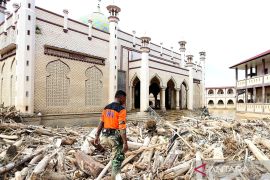At a discussion organized by the National Research and Innovation Agency (BRIN), which was followed online from Jakarta on Thursday, an environmental impact controller from the ministry, Marinus Kristiadi Harun, informed that peat area management is carried out on a peat hydrological unit (KHG) basis.
Under KHG-based management, a peat area is divided into several parts, including river embankments, back swamps, and peat domes, which are designated as protected. Their management must certainly be seen from the perspective of peat as a wetland, he said.
According to him, when discussing the potential of using peat areas for cultivating food crops that do not damage the ecosystem, a different approach is needed for each physiography.
"I emphasize that the peat management strategy must be based on physiography. Because each KHG is not based on physiography, of course, it will not be optimal, because each physiography has different characteristics," Harun explained.
For instance, he said, river embankments could be managed and utilized in the form of fisheries and paludiculture.
Meanwhile, back swamps, namely peat areas bordering river embankments and with shallow to medium peat, can be optimized through agroforestry or integrated agriculture.
Peat dome areas with a depth of more than three meters should ideally be a protected part of the peat ecosystem. However, in practice, many such areas have been converted for use.
"I emphasize that peat management is specific, local in nature. So, something that is successful in another place cannot be directly implemented locally because there are certain specific characteristics," he said.
Related news: BRIN carries out weather modification to prevent forest fires
Related news: RI may lose 26,100 ha mangrove area per year: BRGM
Translator: Prisca Triferna Violleta, Cindy Frishanti Octavia
Editor: Rahmad Nasution
Copyright © ANTARA 2024
